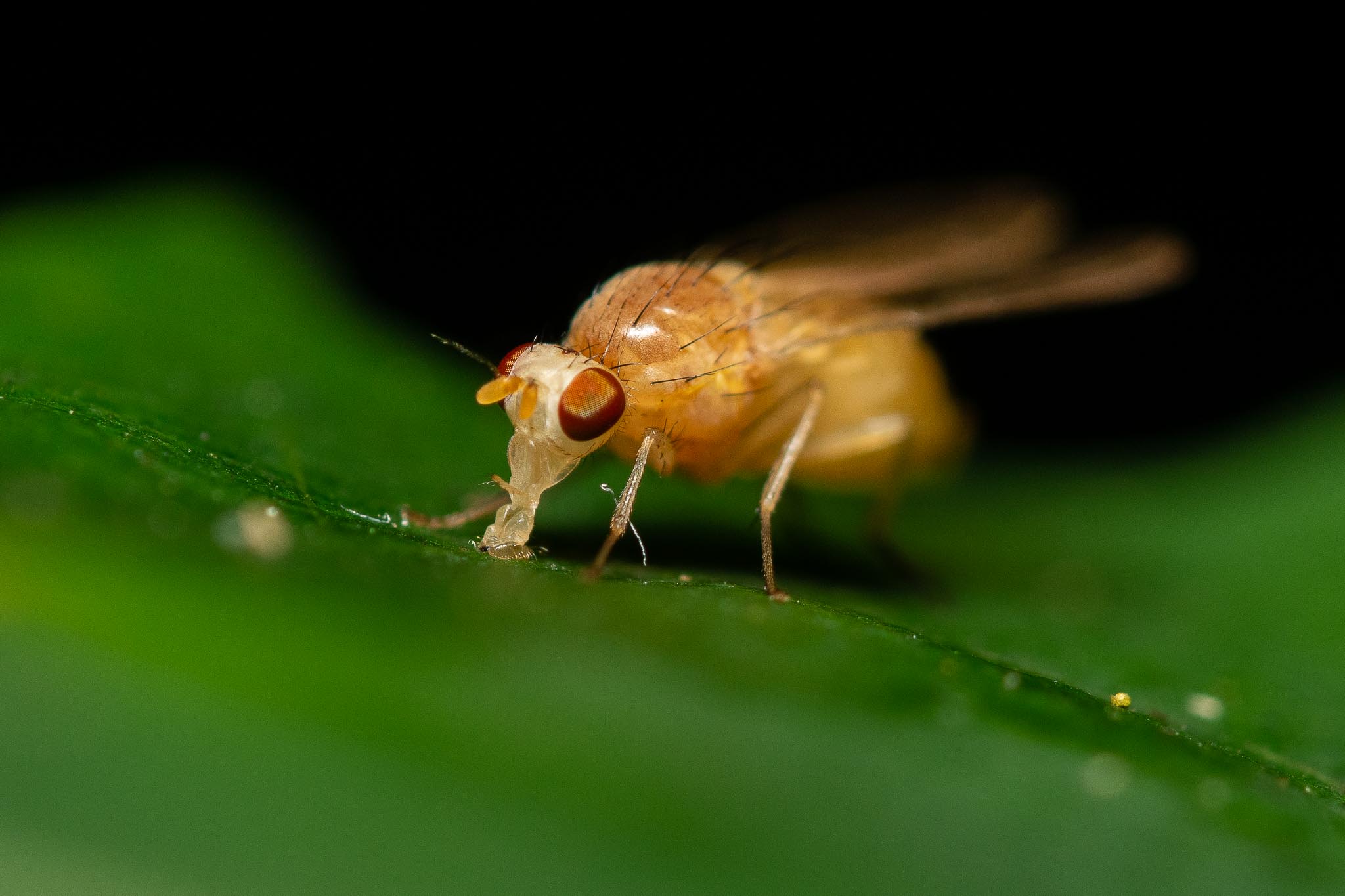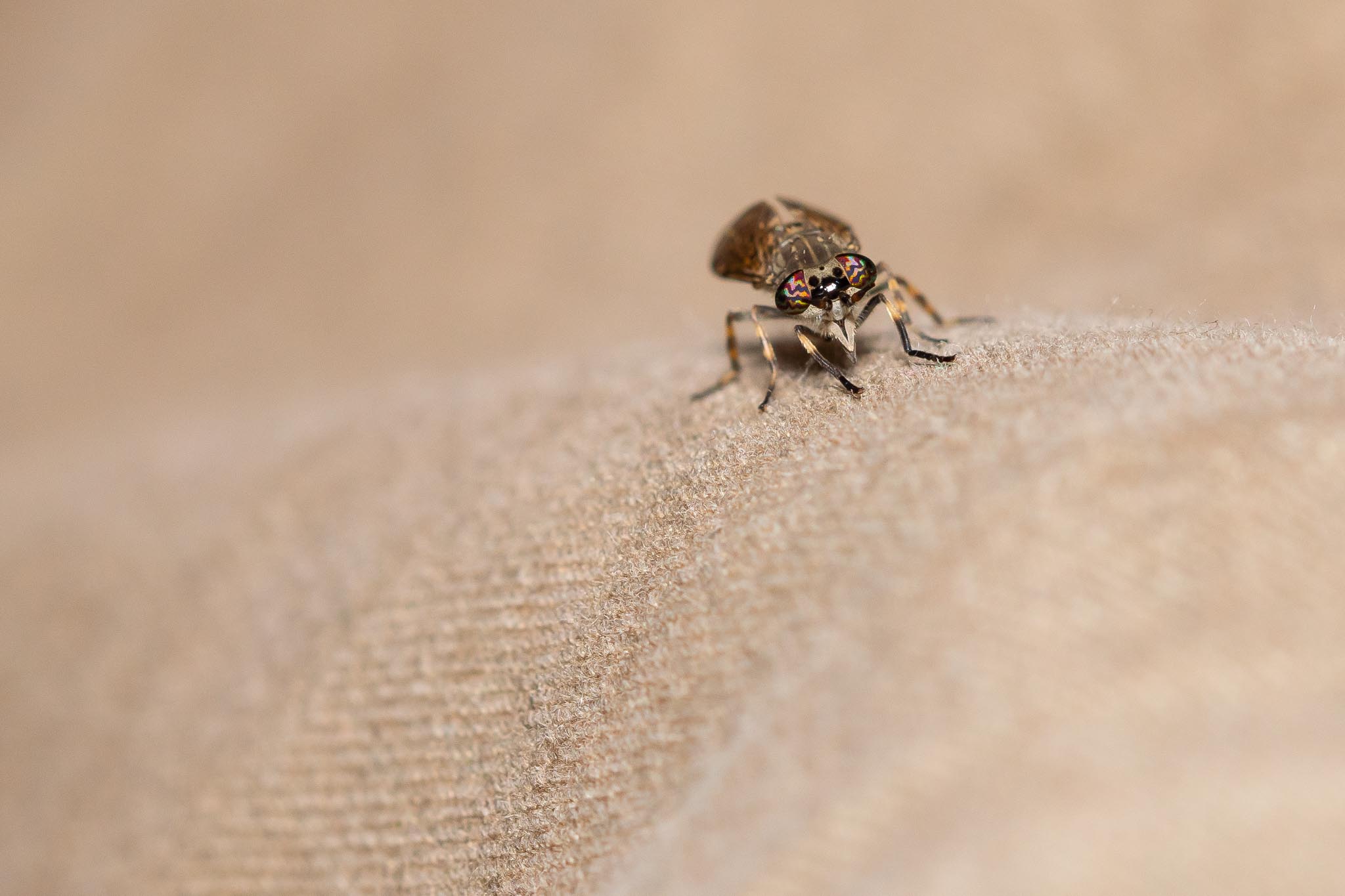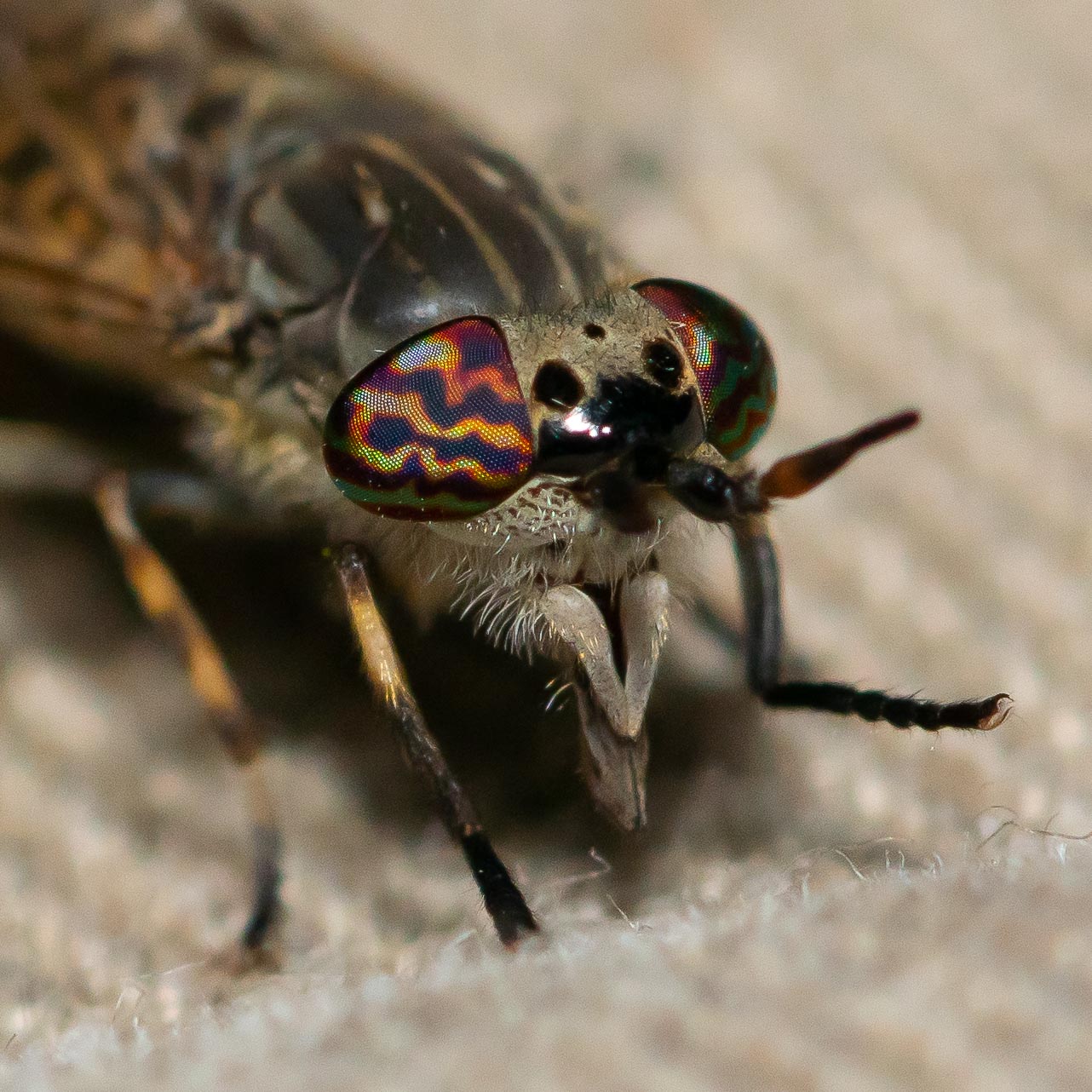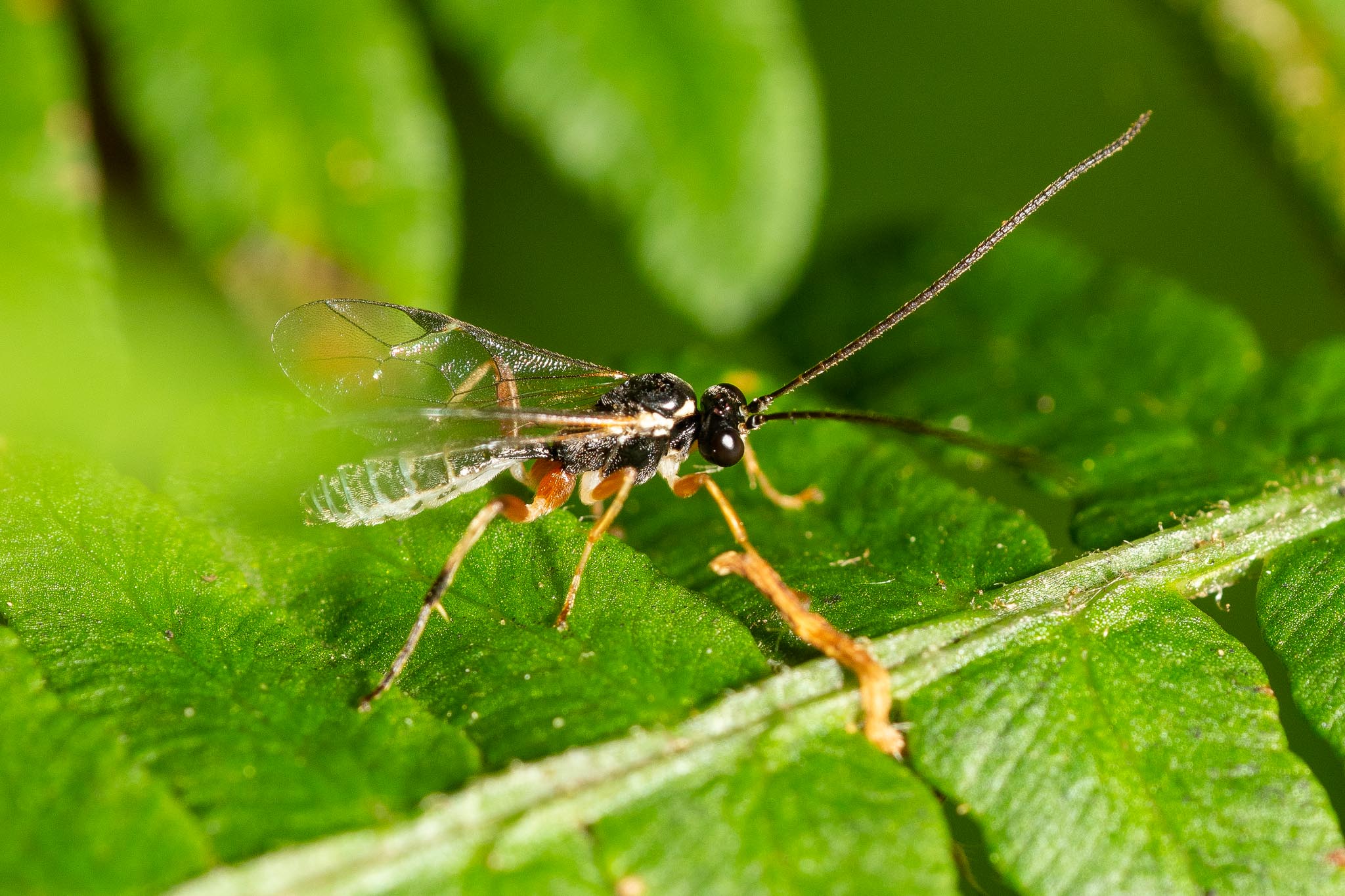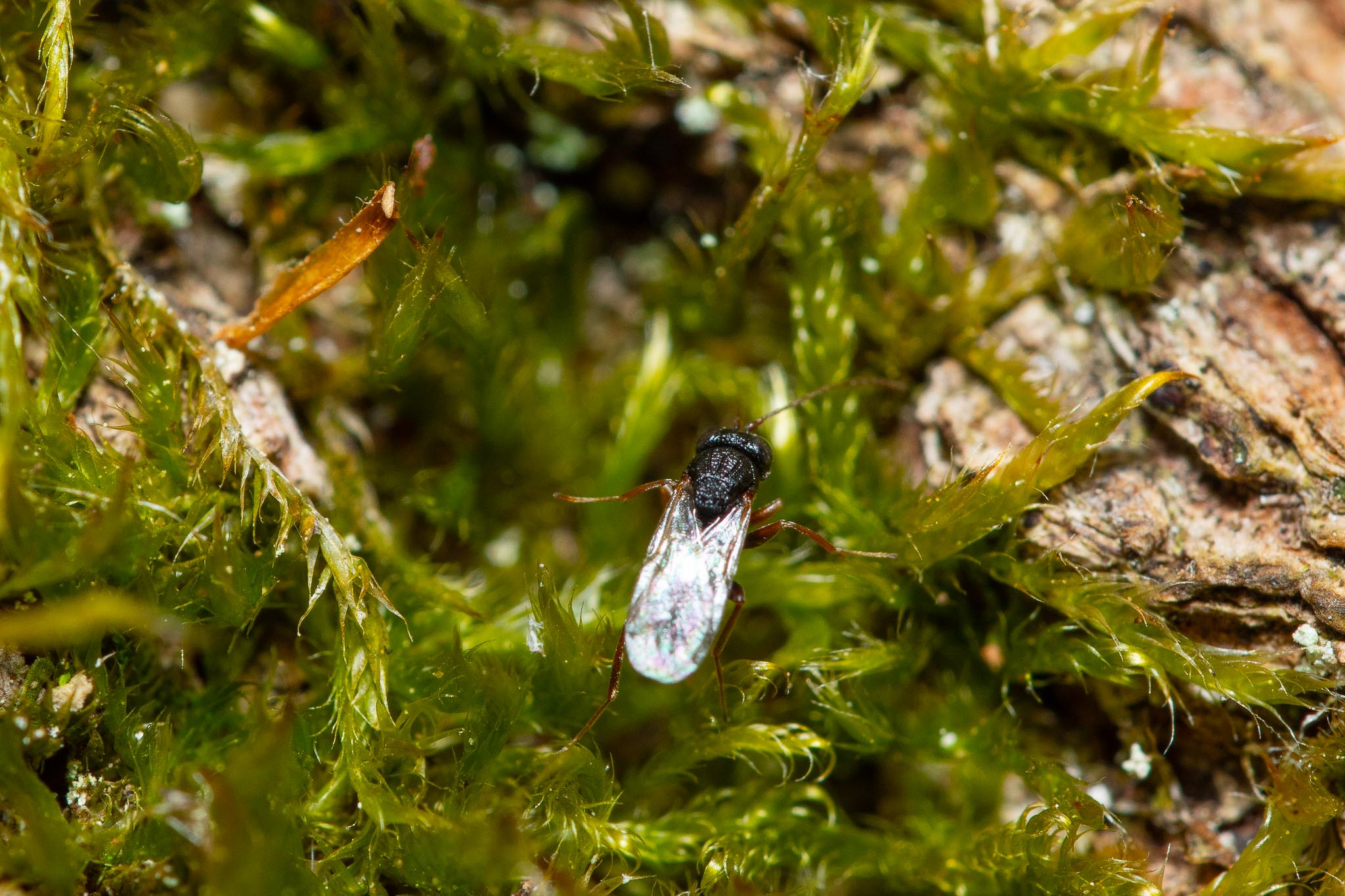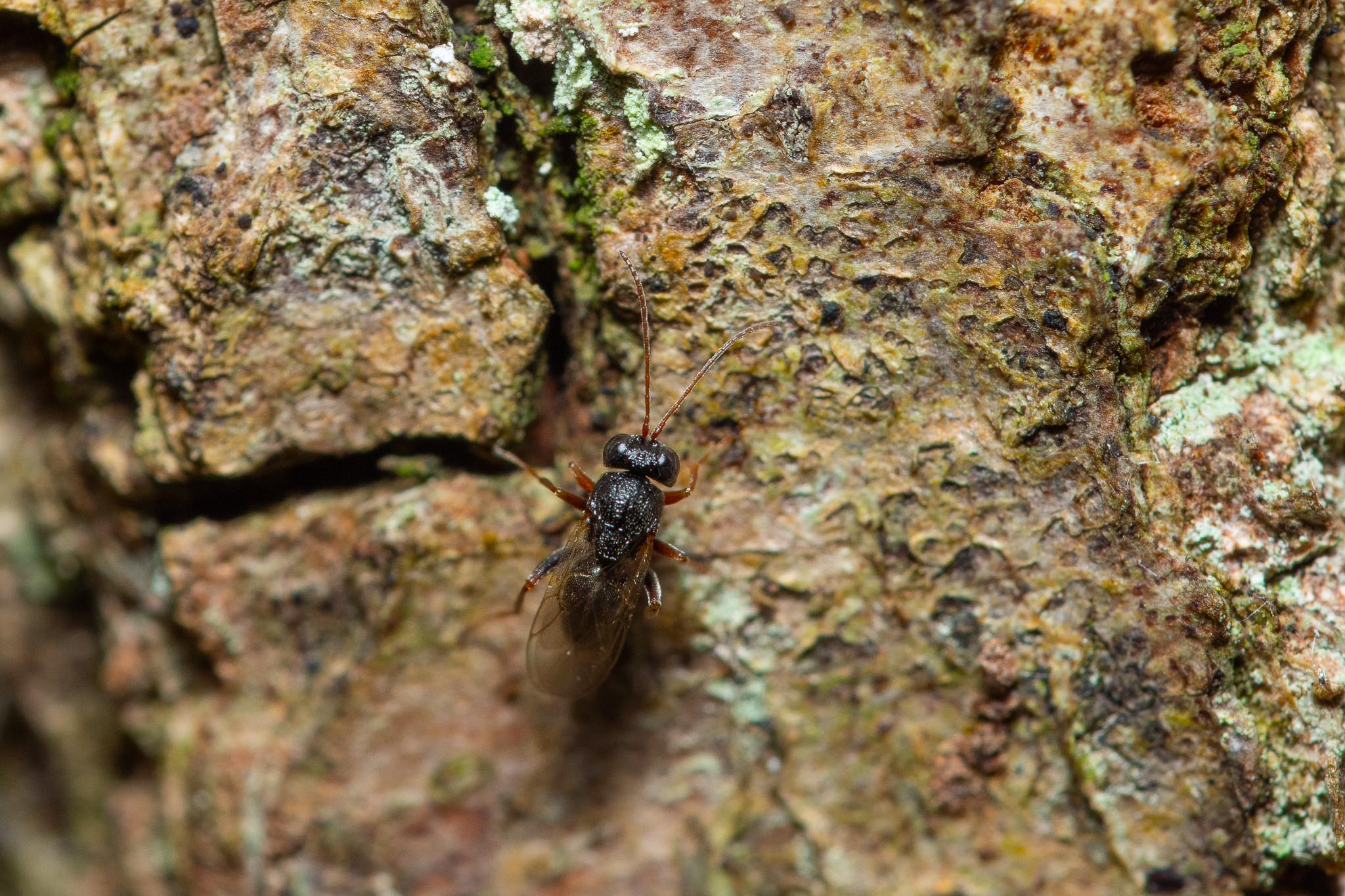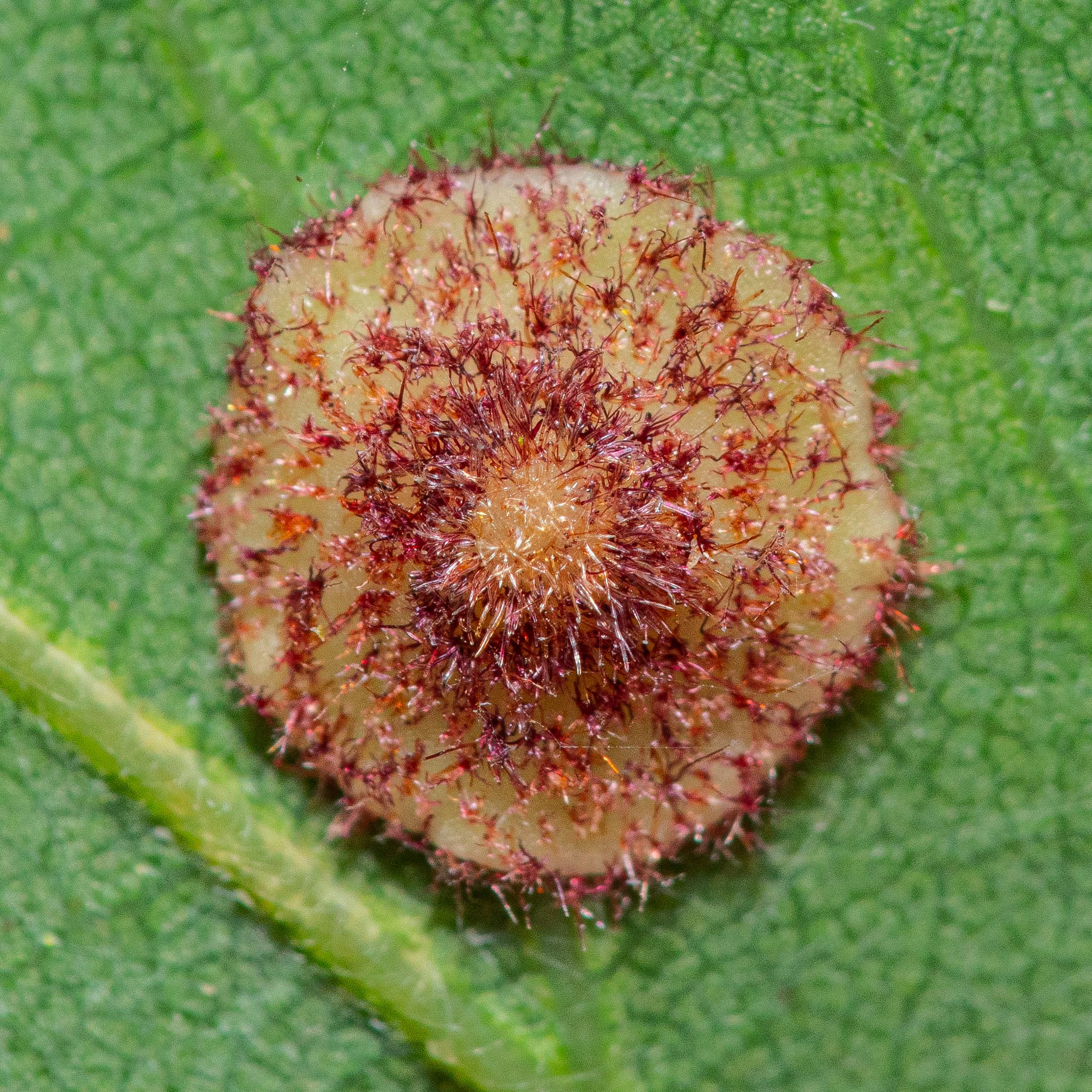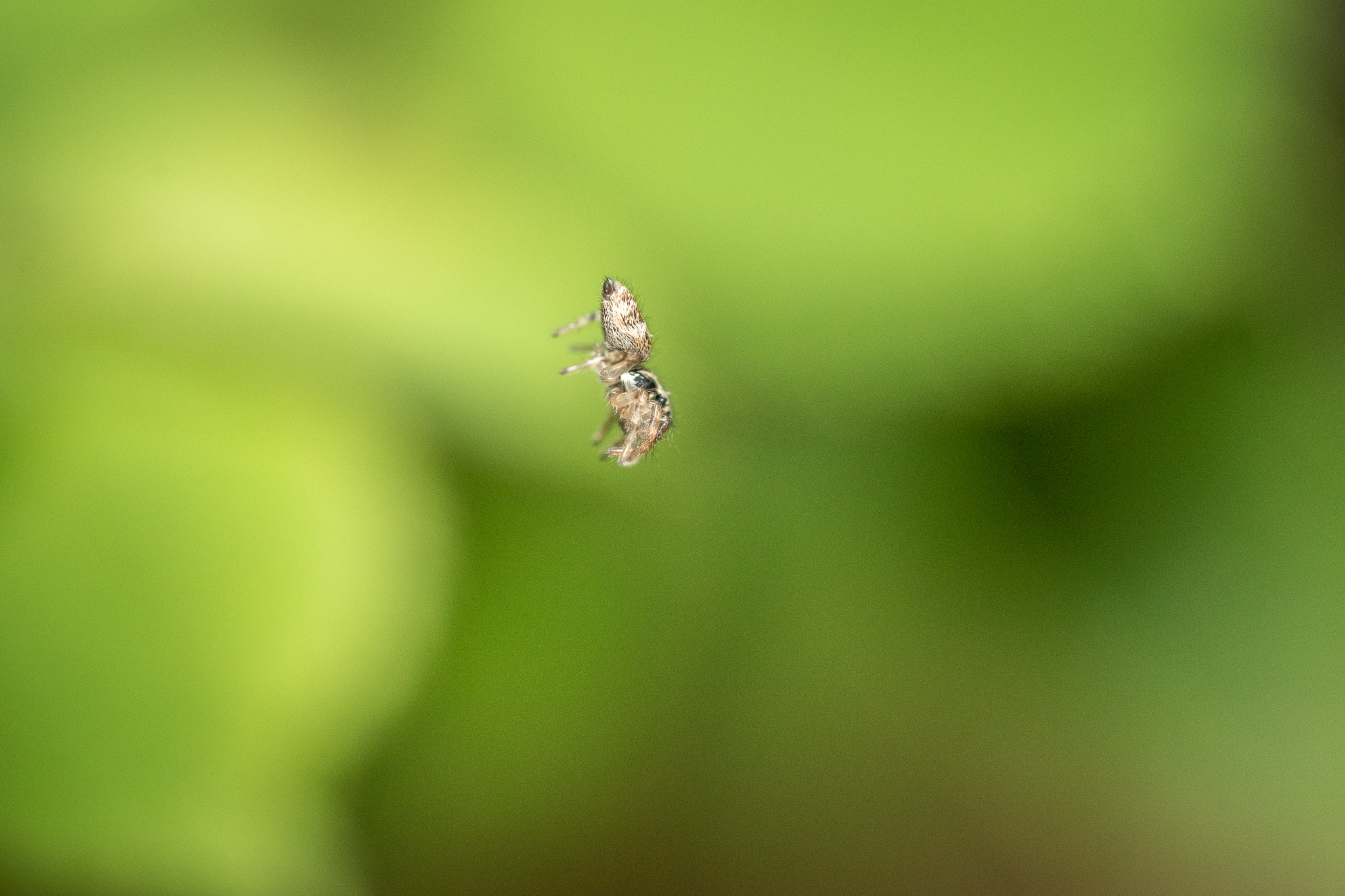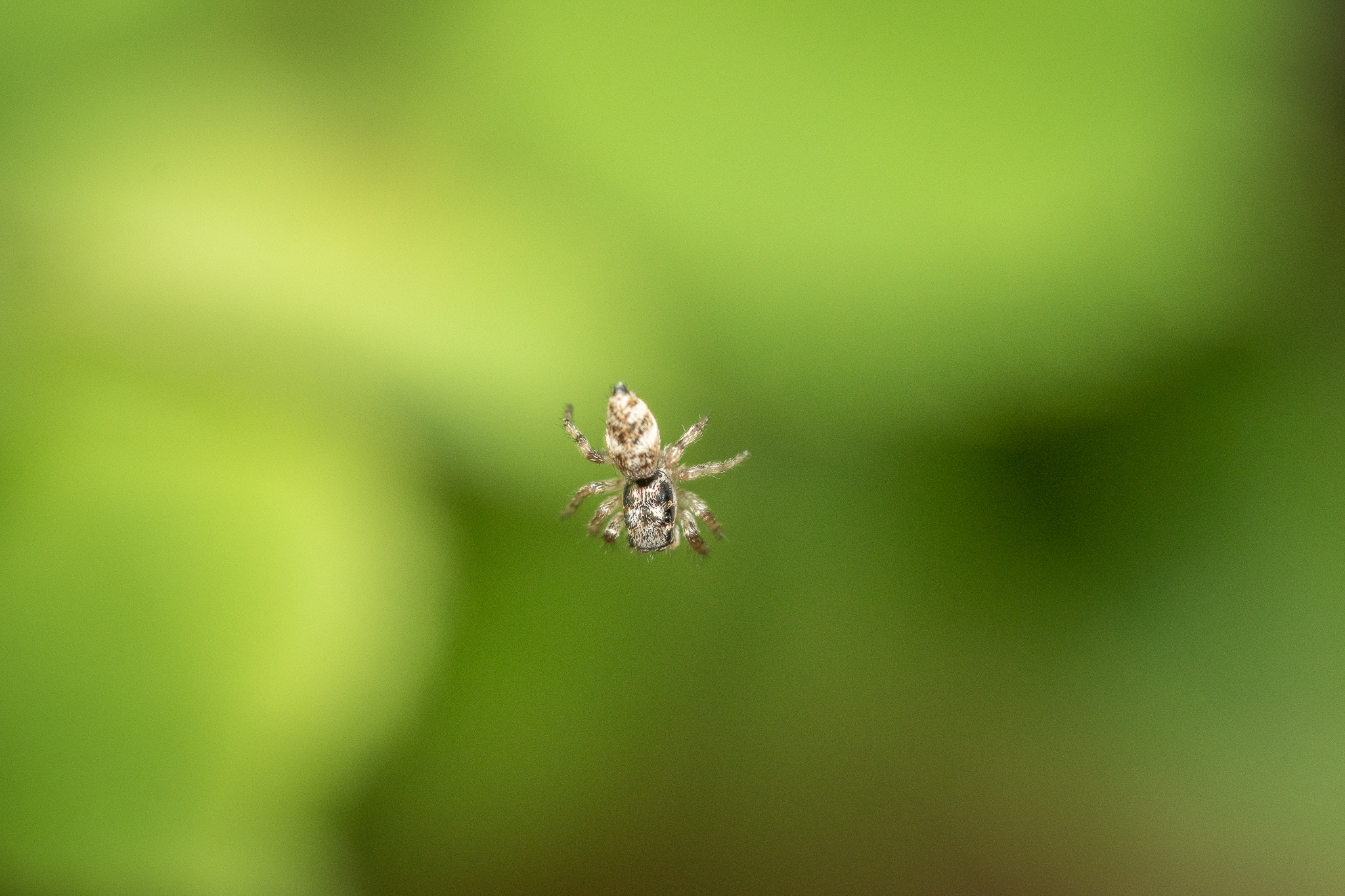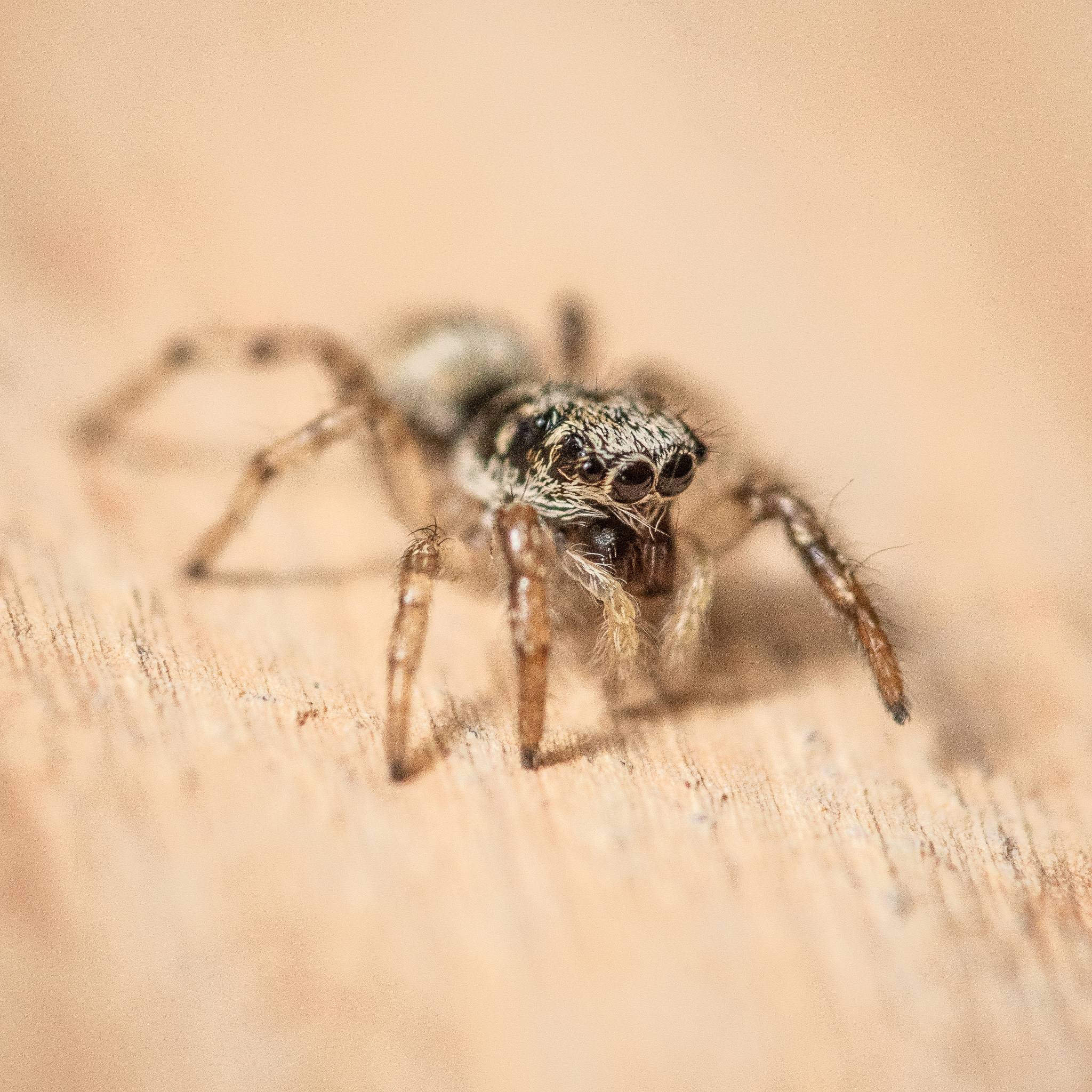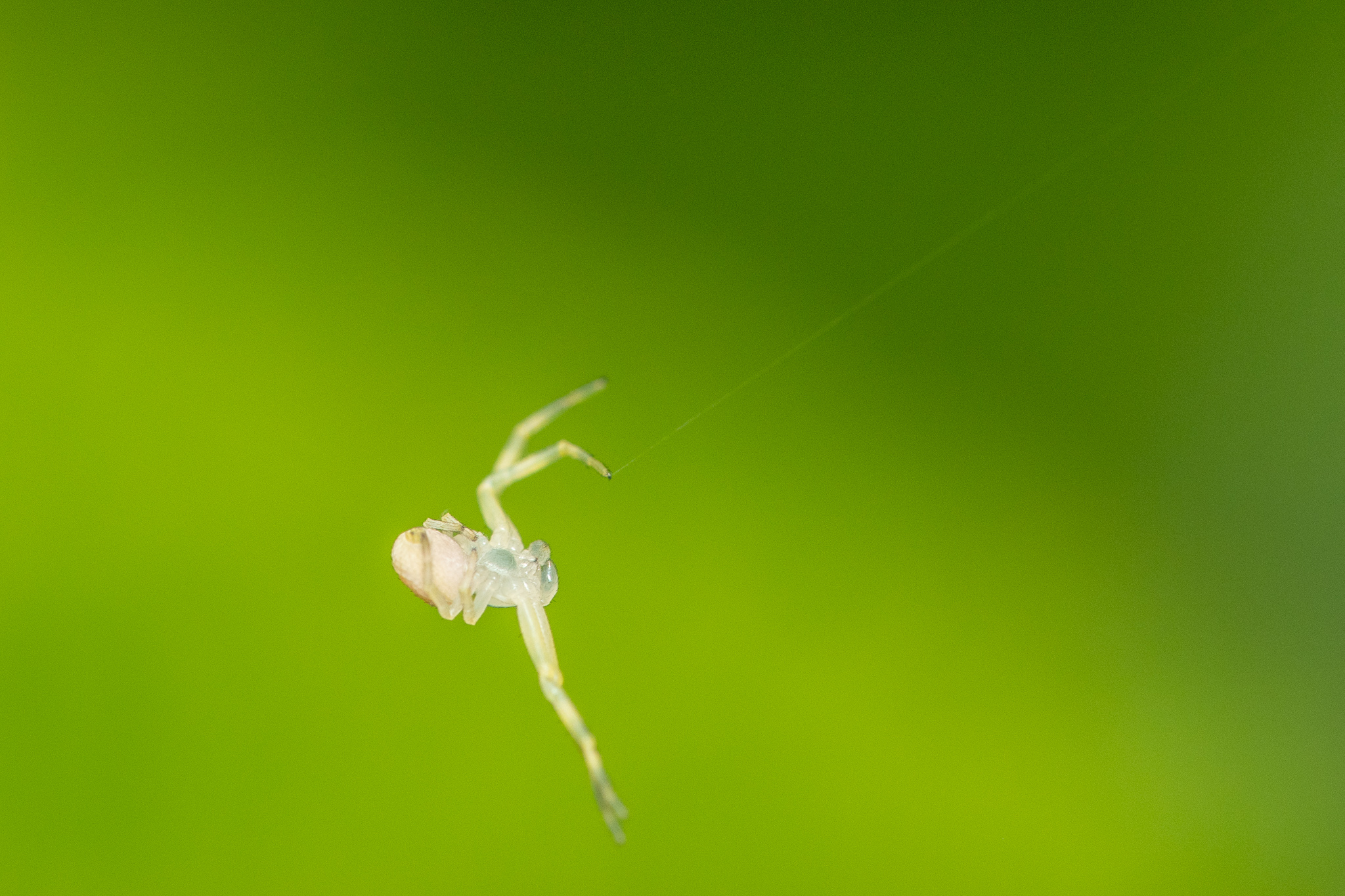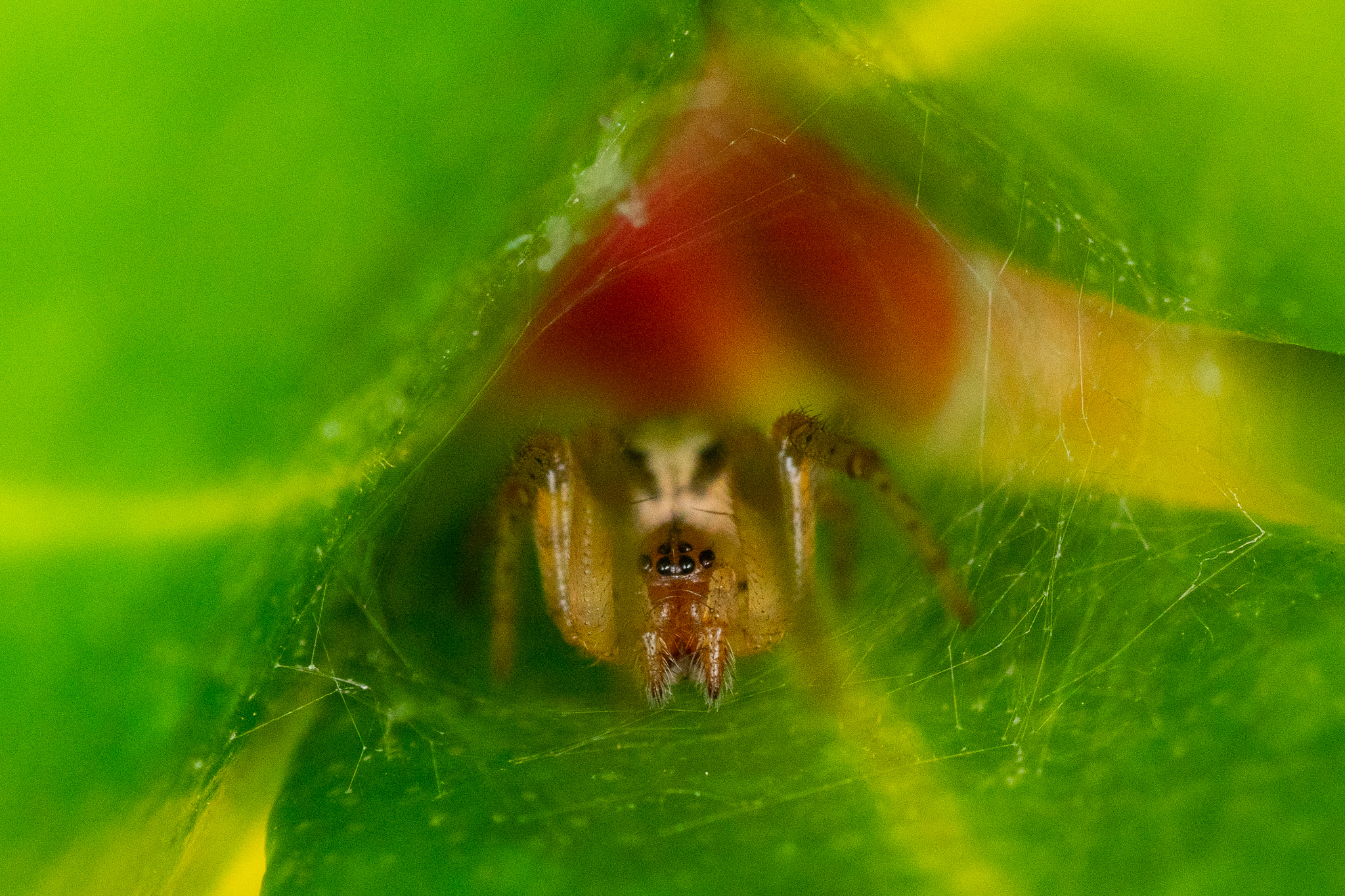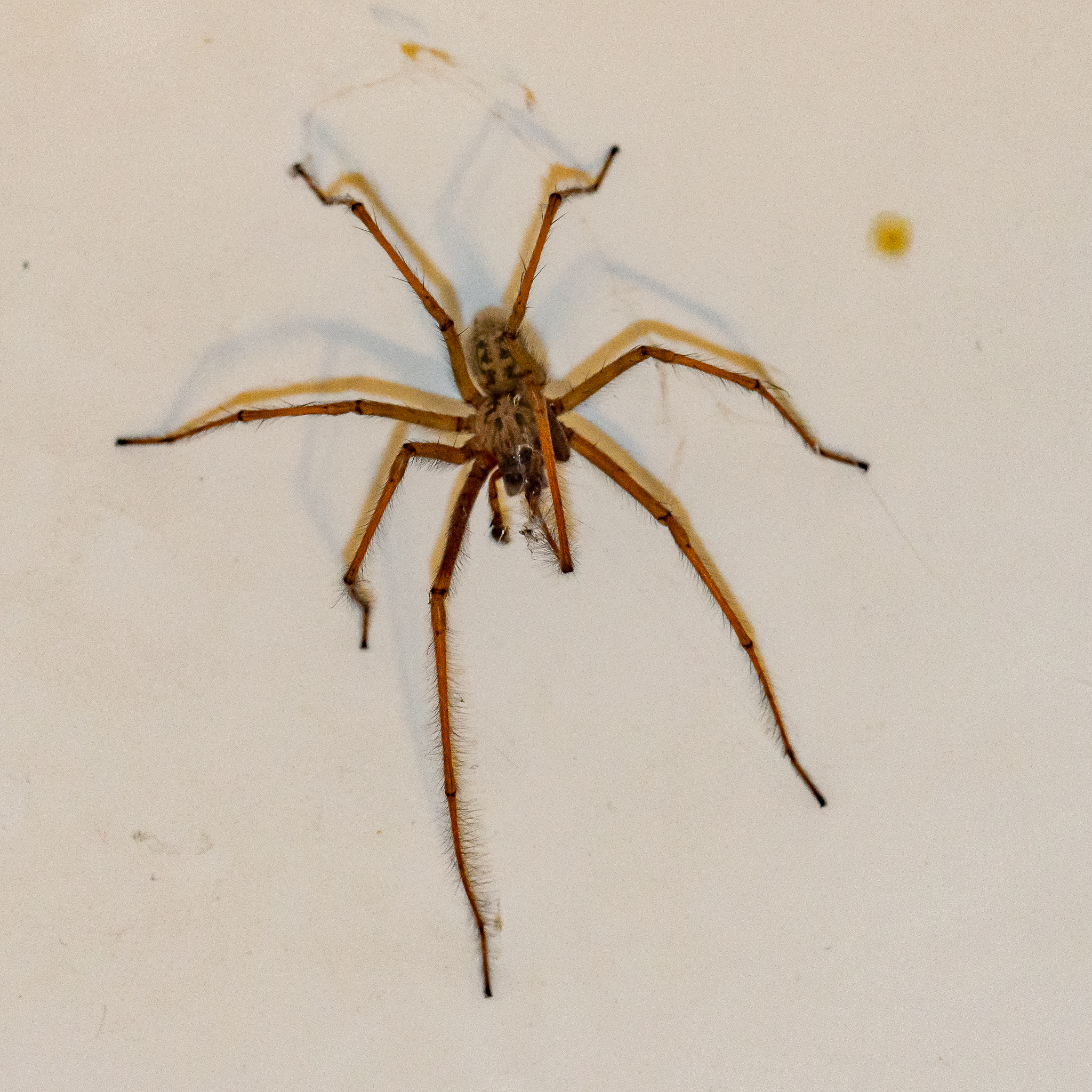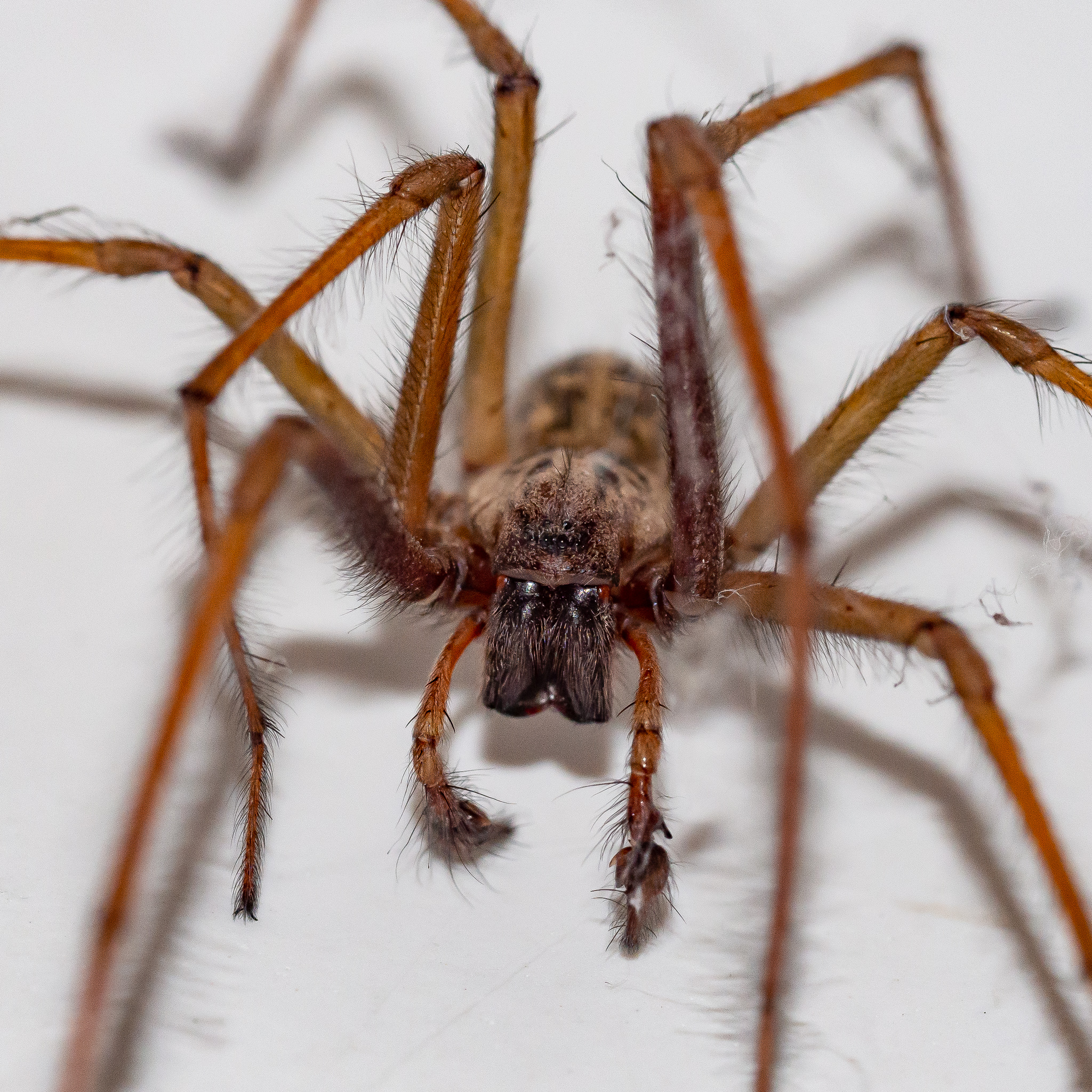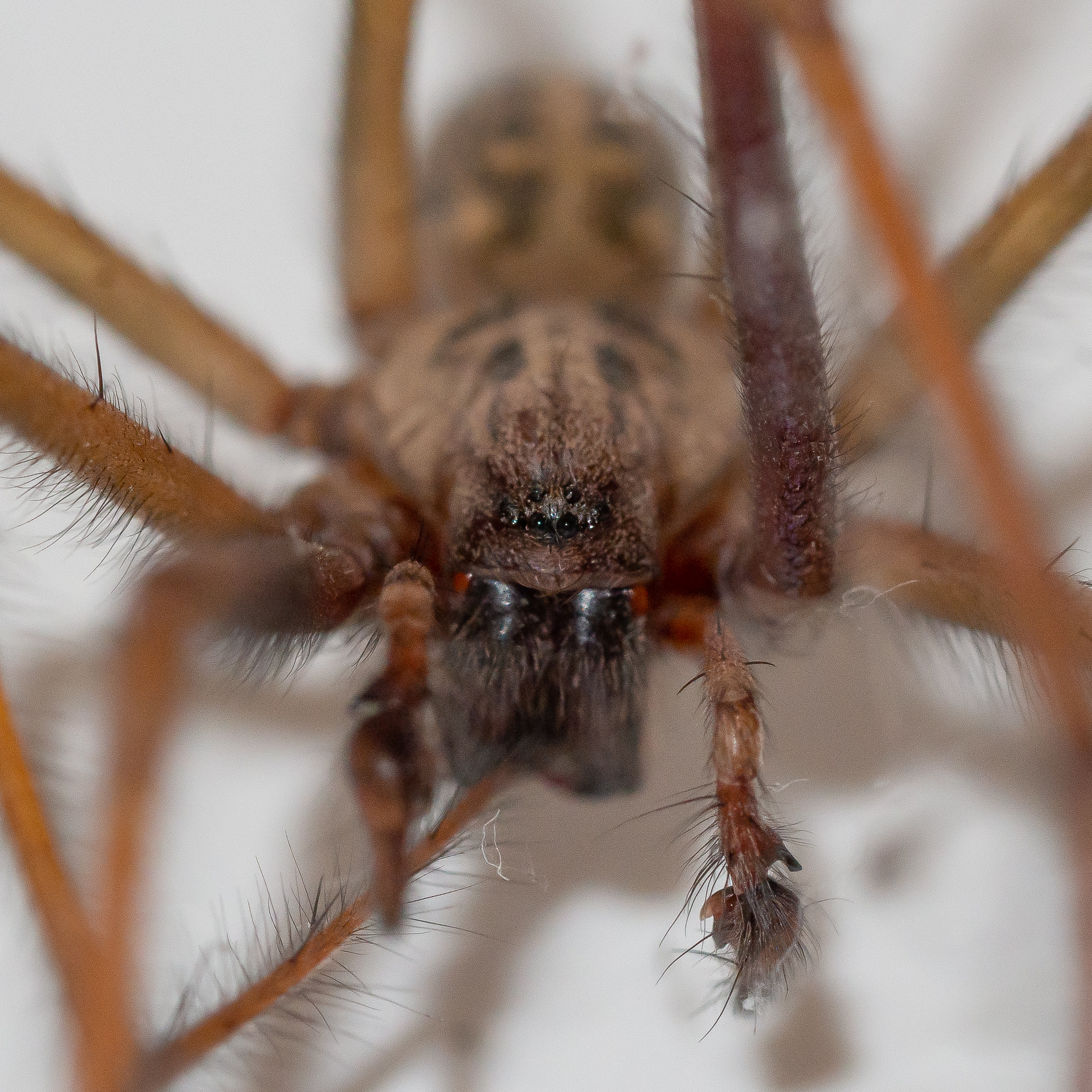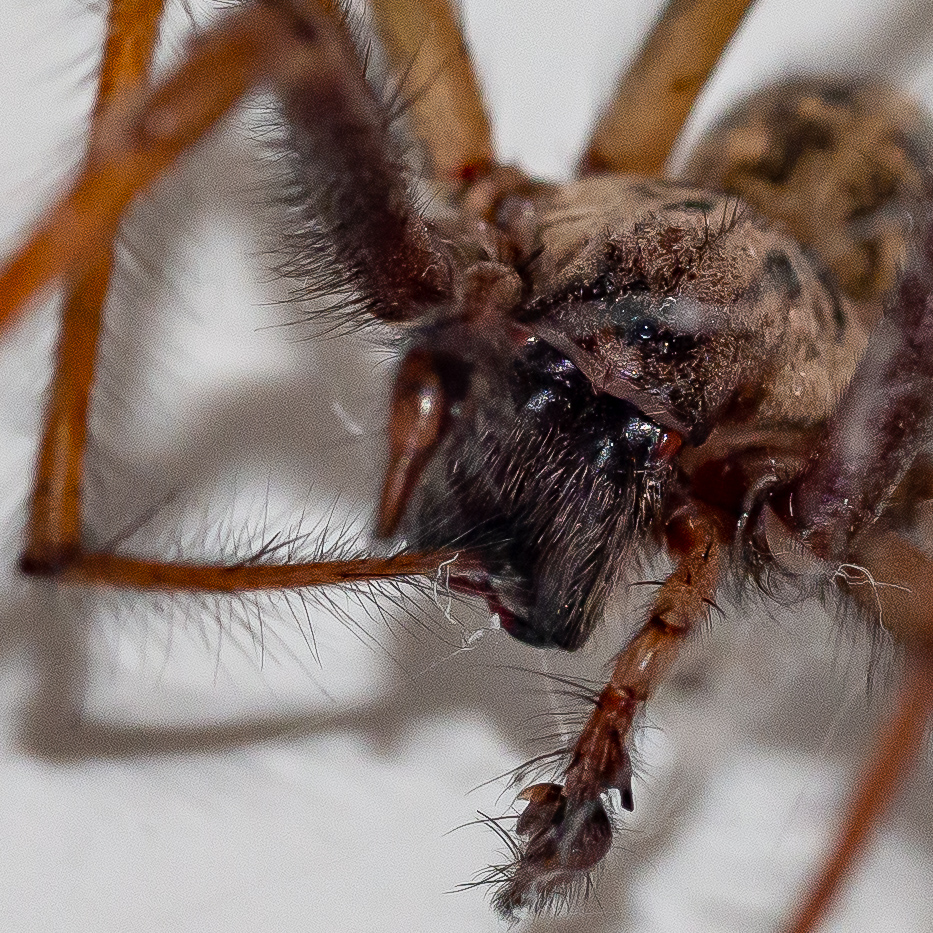Another week and it’s another spider post. This time, it’s a spider that also likes posts.
One evening a couple of weeks ago I had logged off from work and went out into the garden to look at something other than an email. It was a warm evening and the sun was dipping below the surrounding roofs. I noticed a blemish on the fence, a place of macro dreams.
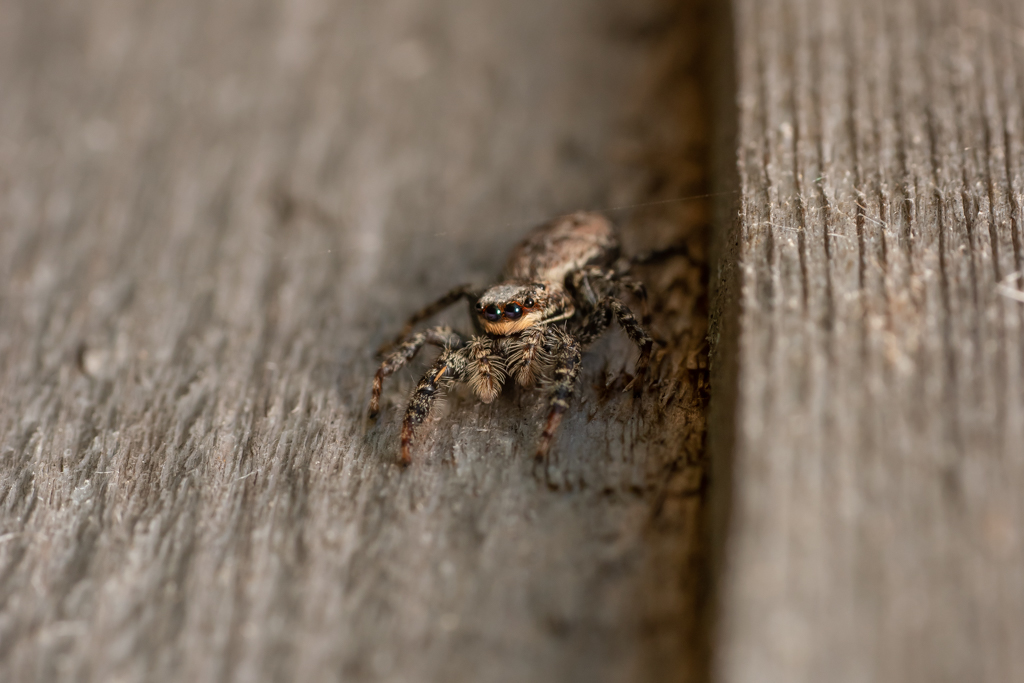
I identified the blemish immediately as a jumping spider but one bigger than the usual crowd. Even better, it was sitting still!
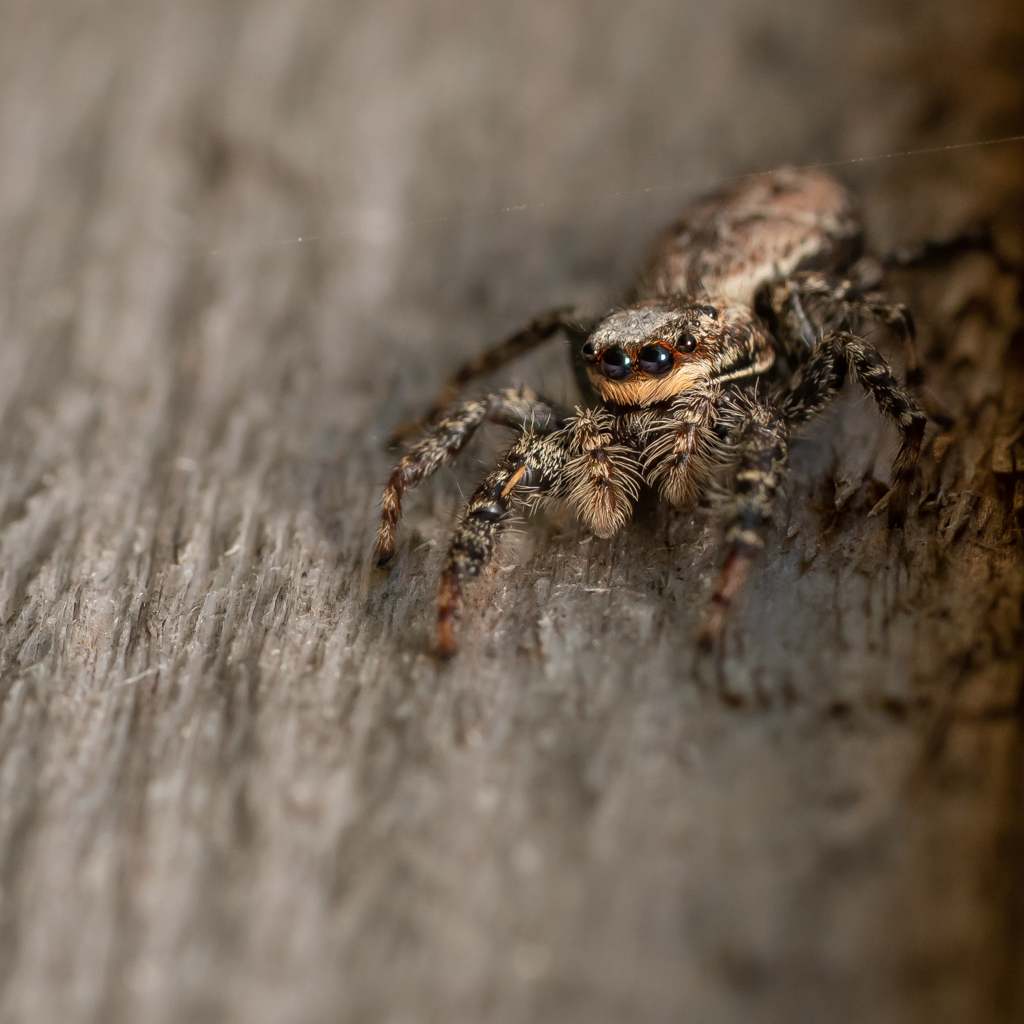
The grey-brown colouring of the spider helped to camouflage it against the sun-bleached wood of the fence. It was no surprise at all, when looking at my spider book later, that I learned this was a fencepost jumping spider!
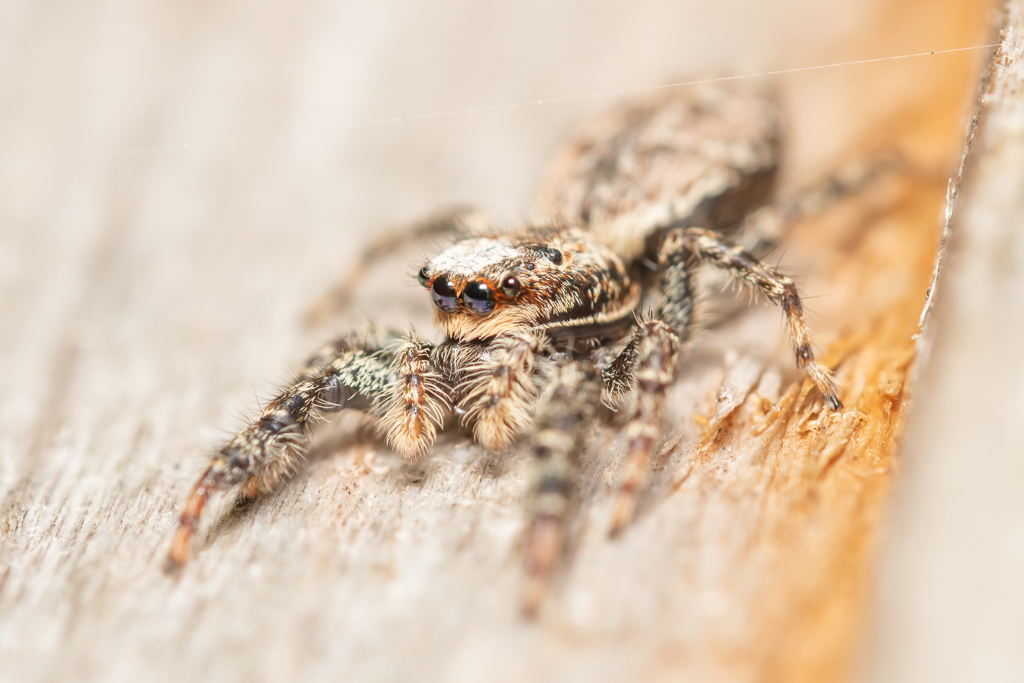
Finding a jumping spider as relaxed as this and in an accessible position can raise the adrenaline levels, meaning you can lose composure and not get images that are in focus. That said, probably about 90% of macro photos I take are out of focus because the range is wafer thin. The stars aligned this time, however.
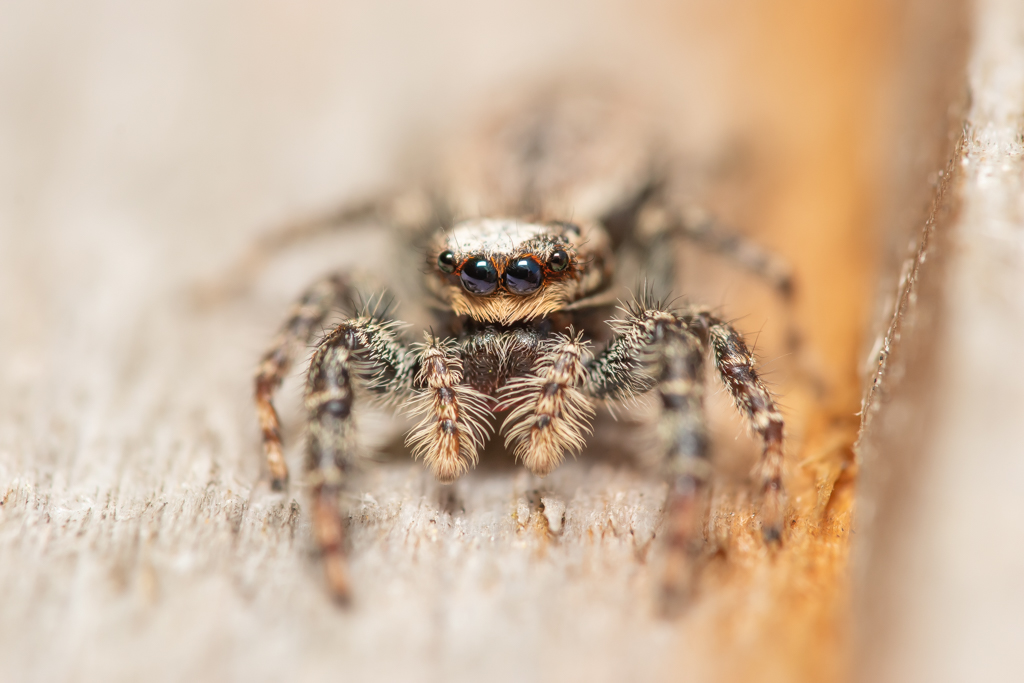
The spider was so still that there were no issues. It seemed quite interested by me and looked straight down the lens, as far as I could tell.

One of these images will certainly go down as portfolio worthy, at least in terms of happy memories. And really there’s no better place to end this post than looking into the eyes of Britain’s largest jumping spider!
I hope you like (my) posts, too.
Thanks for reading.
Equipment used: Nikon D5600, Sigma 105mm f2.8 macro, Nikon SB-700 flash, Raynox-250 macro adaptor. Photos edited in Adobe Lightroom.
Recent macro posts
Austrian Alps: up and down Schafberg
Welcome to a big blog of sunny alpine images, from my walking highlight of the year so far.
Austrian Alps: wildflowers on Zwölferhorn
A walk atop Zwölferhorn (1522m) in the Salzkammergut mountains of the Austrian Alps.
Wasps vs. spiders
This post is generally wasps and spiders, with some lovely little bees to calm you down afterwards.










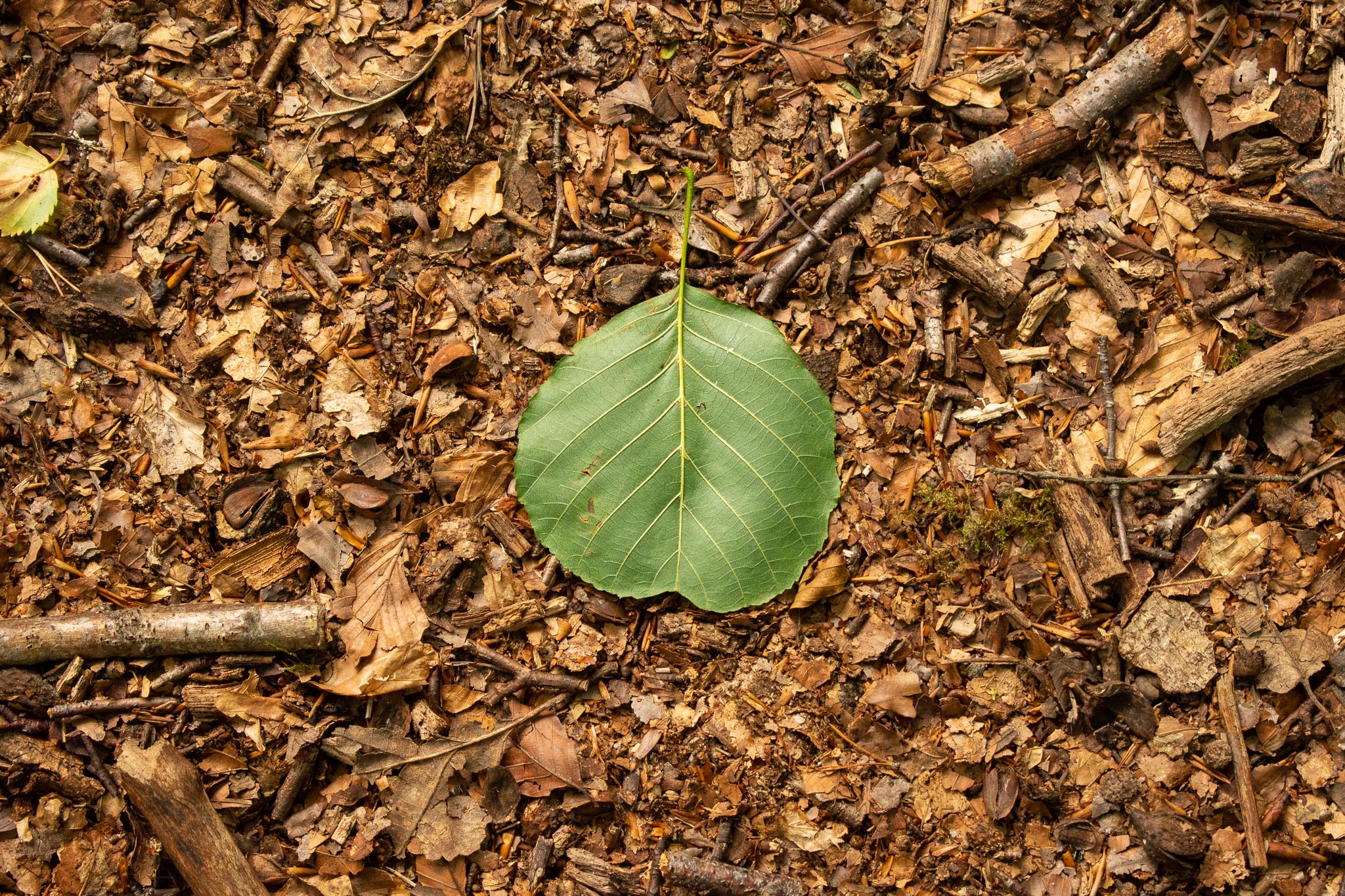
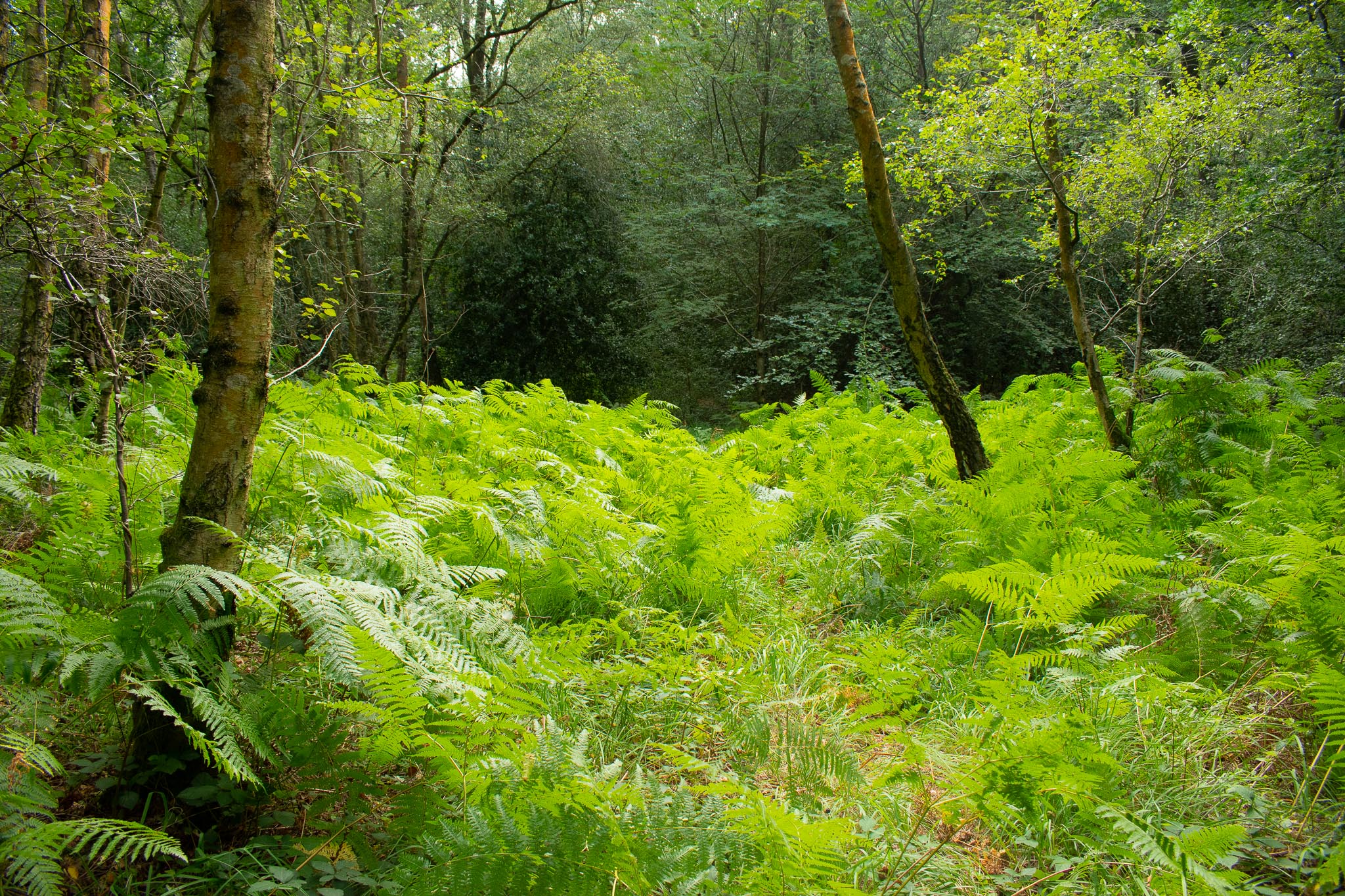 Bracken and birch glade
Bracken and birch glade
